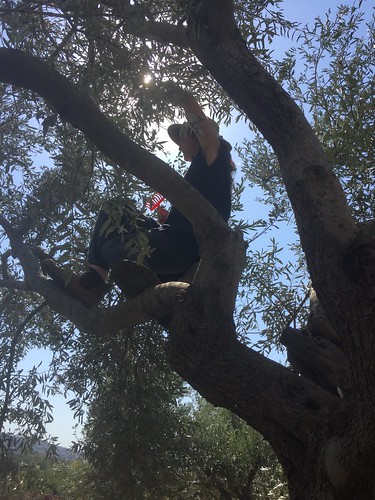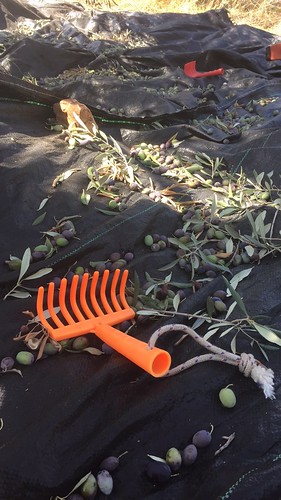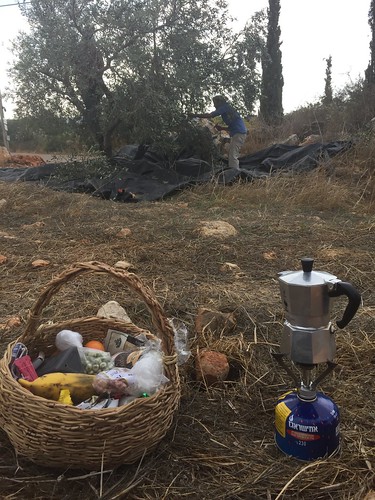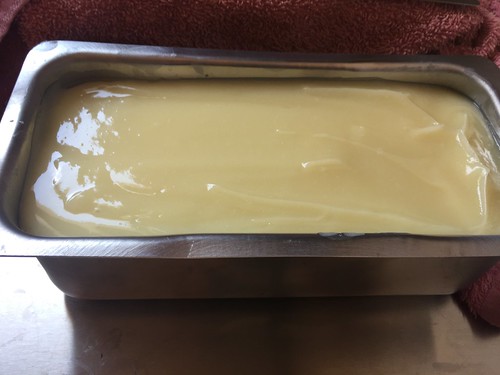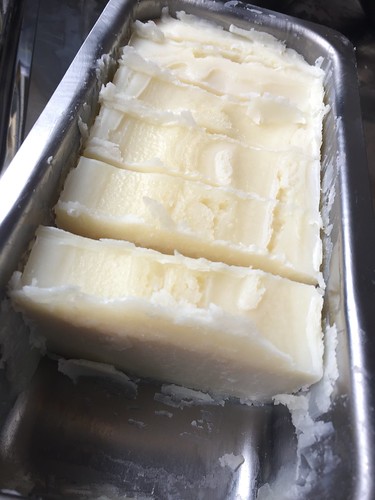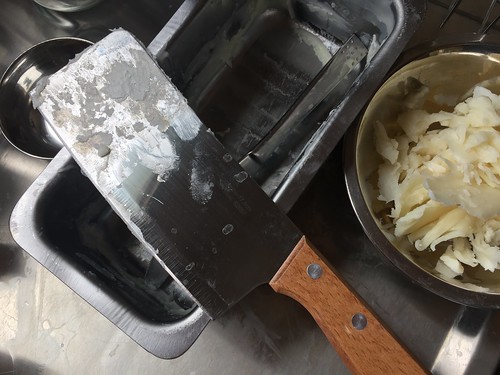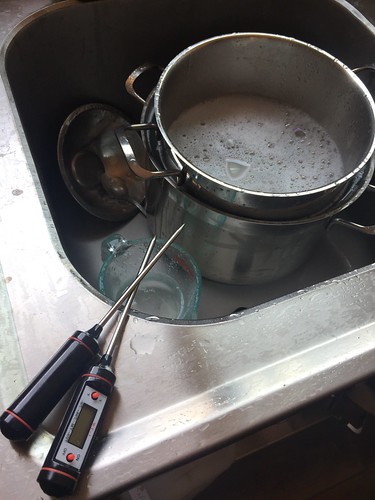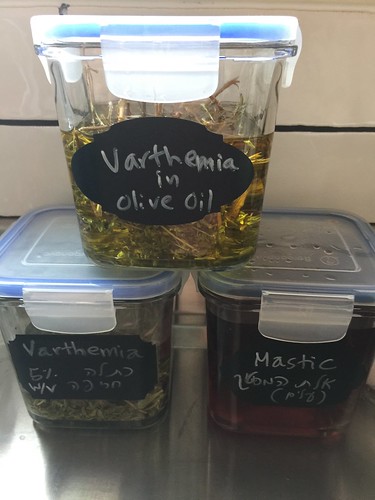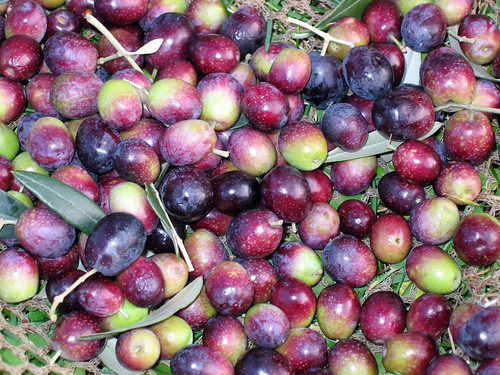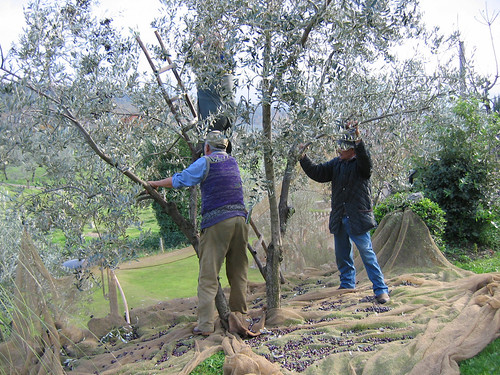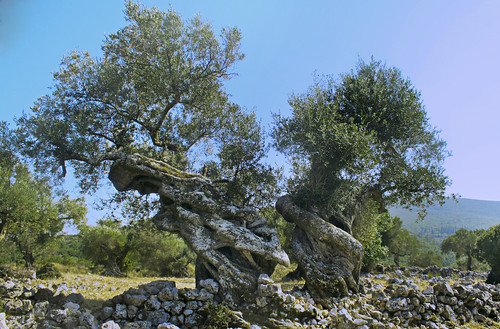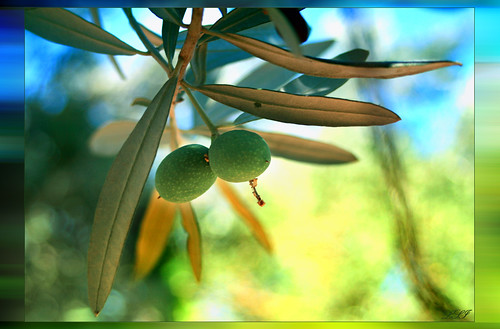Happy Last Day of Hanukkah everyone!
Hope you've all enjoyed the light so far, warmth, family & company these past 7 days and 8 nights.
As far as oil goes… Commemorating the miracle of the little bottle of olive oil isn’t all about deep fried donuts and pan fried Latkes. I’m sure we’re all fed up with them by now! I’d like to say a few good things about olive oil. Olive oil can be used year around for health, beauty and good taste… From skin and hair care to antioxidant diet that is low in saturated fats and full of flavour and vitamins, olive oil seems to be more than just an oil. It can become a way of life and brig light to our life, metaphorically speaking.
Olives are native to the Mediterranean, and although olives can be grown in other places successfully (i.e.: California), the best olive oils are those grown in the region. I am, of course, most fond of the olive oils grown in the Western Galilee in Israel. Since biblical times, this was the region of olive oil. Perhaps it’s all Jacob’s fault, as he blessed his son Asher (whose tribe inherited this part of the land):
“me Asher shmena lachmo, ve hu yiten ma’adanei melech” (Genesis, XLIX, 20) - Translation: “out of Asher his bread will be fat, and he shall yield royal dainties”.
I happened to grow in that exact same region, where the flavour of olives is rich and the olive harvest is a bug cultural celebration (ancient olive presses like you see in the above photo can be found almost everywhere, and there were remains of an ancient one just by our house). At that time (the delicate time between the first rain, which washes the dust off the olives; and the next rain, usually 2-3 weeks after, which threatens to permeate the olives with unwanted moisture, bring in decay and subsequently, wreck their rich flavour either by watering it down or spoiling the entire crop). Most of the people in the Druze and Arab villages own at least some piece of land with some olives on it and at this time of year they are busy day and night to meet that unpredictable deadline. That means no school for the kids and many business shut down to help other members in the family with the olive harvest. My village, although neither Druze nor Arabic, acted similarly. If we did go to school, we spent the last hours of daylight picking olives, and to the late night, sorting them and making sure no rotten olives will find their way to the olive press. After a few weeks of hard labour, sore backs and fingers that were unavoidably bitter-tasting (the flavour of unprocessed olives is terribly bitter!), our proud parents took the olive press house. They waited in line with all the other olive pickers, sat on their sacks of olives, and when it was their turn to weigh their olives, they got even prouder, because every year as the trees grew older), the yield was higher. The beauty of going to the olive press house was that it cost nothing to get your olives pressed. Your olives were weighed, and than the yield of oil was measured. Each olive picker will receive a portion of the oil yielded. A certain portion remains with the olive press house owner, to be sold, and that is where the money factor came into play… There has to be a certain trust amongst the pickers than, that they all took out the dirty and bad olives out of their crops, so that the olive oil will be the best that it could be.
But perhaps the most important thing about engaging in the olive picking traditions of the region was that by doing so, our parents interacted with all the other villagers (from other ethnic groups), something that most Jewish Israelis did not do back in those days (fortunately, now the neighbouring Jewish Israeli villages - AKA Kibbutzim and Moshavim – have finally acknowledged this and there is an annual celebration of the olive harvest in the Galilee, incorporating the cultures of all the ethnic groups in the Galilee through music, food and olive picking.
I started this article with plans to talk about the health and beauty benefits of olive. But now I feel this discussion is heading a completely different direction. Perhaps it is for a reason that olive branches are a symbol of peace. Perhaps there is much more to this tree than we can see on the surface, or eve in the hollows of these ancient trees.
To conclude, here are a few interesting little tales about olives, olive oil and the olive trees:
My mother, a sponge for all folklore and herbal intelligence related to the local herbs in the Western Galilee (just pick a weed from your garden and she’ll find a therapeutic use for it she learned from the local Druze and Palestinian women in the neighbouring villages), told me about a couple of interesting uses for olive oil. The old Druze men and women we met, who all seemed to live long and full life and work physically even when they were really old - shared with us their secret for youth and vitality: half a cup of olive oil, drunk on empty stomach first thing in the morning, along with a clove of garlic. Olive oil is known for its beneficial anti-oxidants, which assist in the regeneration of cells from within (as part of one’s diet) and without (in skincare). The other interesting piece of intelligence my mother has gathered from local women and midwives was something that if you are serious about NOT getting pregnant, you should NOT try yourself: An olive oil soaked cotton balls used to make primitive vaginal sponges amongst women in the region. I was surprised to find mentions of this curious early contraception methods in other websites, including
Planned Parenthood's history of contraception.
“Aristotle, a Greek teacher-philosopher (384–322 BCE), considered olive oil mixed with cedar oil, lead ointment, or frankincense the ideal contraceptive. This mixture was applied to "that part of the womb in which the seed falls." (quoted from
MedHunters)
Olive oil is an excellent moisturizer, not only because its excellent vitamins absorb into the skin and its content of squalene (pay attention, vegans and vegetarians: there IS squalene oil that is not extracted from shark liver, but from olives!). Olive oil creates a protective film around the skin that is nourishing and can also protect from the cold and other weather conditions. And most interestingly – it has the unique property of absorbing moisture from the air. Therefore it is excellent for skin, scalp and haircare. For more ideas about how to use olive oil creatively, I suggest you read what Helg (of
Perfume Shrine) had published as her
olive oil “product review” on Make Up Alley.
Last but not least: I cannot recommend highly enough incorporating olive oil into your diet as much as possible, for those instances when you want the nourishing and fulfilling sensation of a yummy fat – on your bread, steamed vegetables, and so on. Switching to an olive oil condiment based diet is fun and easy. Olive oil makes the base for pesto (a most delicious base for any savoury sandwich!), can be blended with either balsamic vinegar or soy sauce (or both) for a delicious aperitif bread-dip (a bit of crushed garlic can be added too). The Middle Eastern people have developed many condiments, depending on their region, of herbs and spices mixed with olive oil for spreading on bread or for bread dipping. Much like the pesto – only with dry herbs, the Za’atar is a mixture of various thyme and hyssop herbs from the mountains, mixed with ground sumac and sesame seeds. In Egypt, the alternative is ground sesame seeds and ground walnuts, mixed with spices – primarily cumin and coriander. This mixture is either served as a dip with olive oil, or sprinkled overtop steamed rice, salad or vegetables. Similarly, the flavour of any steamed vegetables would be enhanced by a drizzle of god quality olive oil. Living in North America for the past 9 years have influenced me to use more butter than I used to. So I was utterly surprised when I tried to use olive oil on my asparagus a few days ago. With just a touch of salt and nothing more, the asparagus was the most delicious side dish I had in a long time. And this was achieved quite effortlessly, by not overcooking the branches, and by not using butter, but just the best quality olive oil I could find. And needless to say, olive oil makes the best salad dressing. I use nothing buy olive oil and lemon juice in my daily salads, and the results are never short of stunning… But than I’m known for my salad addiction.
So, one last day tomorrow for enjoying olive oil in a traditional Hanukkah context. Perhaps you can share your favourite olive oil recipes or any other uses for olive oil by adding a comment below.



